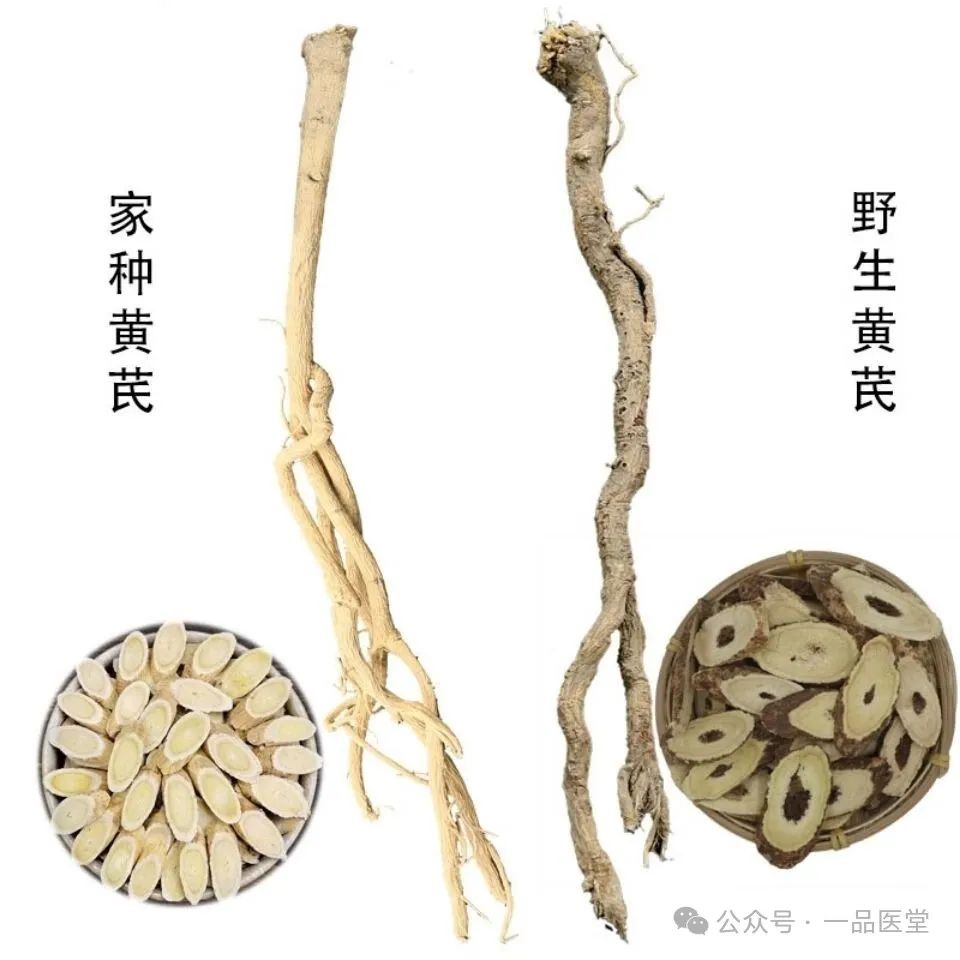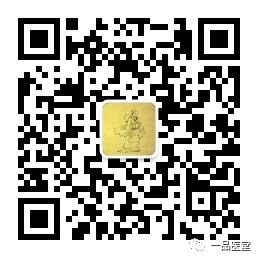
Astragalus (Huang Qi), also known as Huang Qi, is referred to by Li Shizhen as the “king of tonics” and is classified as a superior herb in ancient texts. The dried root has been a renowned tonic with extensive applications since ancient times. Historical medical texts describe its five main benefits: 1) tonifying deficiencies, 2) enhancing vital energy (yuan qi), 3) strengthening the spleen and stomach, 4) dispelling heat from the muscles, and 5) alleviating pain and expelling pus. The late Master Xu skillfully utilized Huang Qi in clinical practice, and the following is a brief summary of its applications.
1. Enhancing vital energy and tonifying the lungs and spleen, often combined with Ren Shen (Ginseng) and Rou Gui (Cinnamon). Huang Qi has a sweet flavor and a slightly warm nature, is non-toxic, and enters the spleen and lung meridians. It effectively tonifies the spleen and lung qi, thus invigorating the entire body’s energy. As stated in the Dictionary of Traditional Chinese Medicine: “It greatly tonifies yuan qi.” For those with spleen and lung qi deficiency, insufficient yuan qi, fatigue, shortness of breath, poor appetite, loose stools, cold limbs, pale tongue, and weak pulse, Huang Qi is often combined with Ren Shen to enhance its warming and tonifying effects. The combination of these herbs, along with Rou Gui to warm the kidneys and support yang, promotes the circulation of qi and blood. It has been noted that if qi deficiency does not improve with other herbs, the key is to tonify the spleen and kidneys. The combination of these three herbs supports both the spleen and kidneys while protecting the lungs, making it particularly suitable for conditions of insufficient true yuan and weak yang qi.
2. Tonifying yuan qi and generating yang qi, often combined with Bai Zhu (White Atractylodes) and Chai Hu (Bupleurum). Huang Qi has a light flavor and an uplifting nature, capable of tonifying both lung and spleen qi while also raising yang qi, making it a key herb for tonifying qi and generating yang. As stated in the Compendium of Materia Medica: “Huang Qi tonifies the middle earth and nourishes the spleen and stomach; it is most suitable for conditions of middle qi deficiency, weak spleen, and sinking clear qi.” In clinical practice, for cases of insufficient middle qi, sinking qi, symptoms such as poor appetite, abdominal distension, fatigue, diarrhea, prolapse, and uterine bleeding, it is often combined with Bai Zhu and Chai Hu to achieve the effects of tonifying qi and lifting.
3. Alleviating deficiency heat and dispelling muscle heat, often combined with Gui Zhi (Cinnamon Twig) and Dan Pi (Moutan Root). Li Dongyuan first proposed the concept of “qi deficiency causing heat” and established methods for sweet and warm treatments to eliminate excess heat. Master Xu believed that this so-called qi deficiency heat is actually a deficiency of both qi and yin, leading to muscle heat. In treatment, he preferred to use Bu Zhong Yi Qi Tang combined with modified Ba Wei Wan, highly recommending Huang Qi, Rou Gui, and Dan Pi. He believed that Huang Qi, while tonifying qi, has the ability to reach the exterior and dispel heat; Rou Gui enhances the ability to dispel muscle heat; and Dan Pi, with its bitter, aromatic, and cold properties, clears excess heat from the yin. The combination of these three herbs effectively tonifies deficiency and alleviates heat, making it an excellent remedy for deficiency heat.
4. Stabilizing the exterior and stopping sweating, often combined with Muli (Oyster Shell) and Fu Xiao Mai (Floating Wheat). Huang Qi excels at tonifying the spleen and lungs, consolidating the exterior, and stopping sweating. It is essential for cases of exterior deficiency and spontaneous sweating. Thus, the Compendium of Materia Medica states: “Its properties reach the skin and muscles, solidifying and protecting the yang, and filling the exterior, making it a divine agent for exterior deficiency diseases.” For conditions of spontaneous sweating and night sweats due to deficiency, Master Xu often chose Huang Qi to tonify qi and solidify the exterior, combined with calcined Muli to nourish yin and restrain yang, and Fu Xiao Mai, which is sweet and cool, entering the heart channel to nourish heart qi, dispel deficiency heat, and stop spontaneous sweating. This way, both qi and yin are restored, and the exterior is solidified, stopping the sweating.
5. Promoting diuresis and reducing edema, often combined with Han Fang Ji (Stephania) and Bai Zhu. The distribution of body fluids relies on the spleen’s ability to transform and transport. Therefore, when the spleen’s function is strong, it can prevent abnormal retention of fluids in the body, which leads to edema. Huang Qi not only tonifies qi and strengthens the spleen but also promotes diuresis and reduces swelling, making it a key herb for tonifying qi and promoting urination. For cases of exterior deficiency, spleen deficiency, and external wind invasion leading to dampness obstructing the skin and meridians, resulting in heaviness and edema with difficulty urinating, it is often combined with Bai Zhu and Han Fang Ji to achieve excellent effects of tonifying qi, dispelling wind, and promoting diuresis.
6. Nourishing blood and promoting the generation of blood, often combined with Dang Gui (Angelica Sinensis). The tangible blood is generated from the intangible qi. For cases of deficiency of nourishing blood, Master Xu emphasized the use of Huang Qi, which is sweet and warm, to tonify qi and enrich the source of blood, often combined with Dang Gui, which is sweet, bitter, and warm, to nourish blood. The combination of these two herbs allows for a strong tonification of yuan qi to be carried into the blood, ensuring that qi and blood are solidified together. When qi is paired with blood, tranquility is achieved; when blood is combined with qi, vitality is restored. Thus, Wu Yiluo noted in his commentary on the Dang Gui Bu Xue Tang: “Huang Qi is a qi tonifying herb; why is it five times more than Dang Gui in the blood tonifying decoction? It is because tangible blood is generated from intangible qi, and with Dang Gui as a guide, blood is generated from it.”
7. Regulating blood vessels, often combined with Chuan Xiong (Ligusticum) and Chi Shao (Red Peony). Zhang Lu stated: “(Huang Qi) is warm and tonifying, yet it can regulate blood vessels and promote circulation through the meridians, which does not hinder stagnation.” Yang Shitai referred to it as “able to invigorate blood vessels” and treat spleen and stomach weakness, with a wiry pulse and poor blood circulation. In the Jin Gui Yao Lue, Huang Qi is paired with Gui Zhi to promote blood circulation and alleviate blood stasis, utilizing its ability to open the meridians. Therefore, Huang Qi is a product that tonifies yang and benefits yin, and on the basis of tonifying qi and dispersing, it can also unblock the meridians. As a specialized remedy for deficiency and pain, it is particularly effective for cases of qi deficiency leading to weak circulation, numbness in the limbs, and hemiplegia. In clinical practice, it is often used in doses of 30-90 grams, combined with Chuan Xiong and Chi Shao to achieve the effects of tonifying qi, invigorating blood, and unblocking the meridians.
In summary, Huang Qi has a sweet flavor, is light in nature, slightly warm, and pure in the qi aspect. It is adept at reaching the exterior and not only greatly tonifies yuan qi but also raises qi to the surface, distributing yuan qi throughout the body, akin to the sky covering all. In clinical practice, it is used to treat deficiency, edema, spontaneous sweating, and blood vessel obstruction, all of which benefit from its ability to tonify qi, disperse, and reach the exterior.

Xiao Chai Hu Tang + Sheng Jiang San for Cough Treatment Case
Movement Qi Acupuncture Technique

